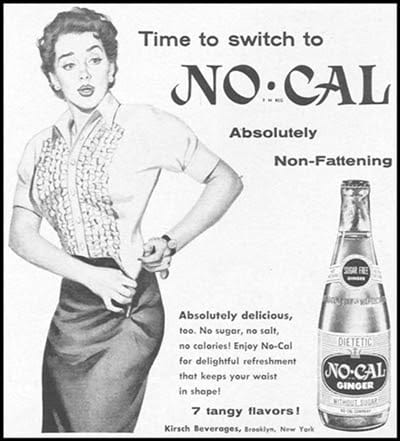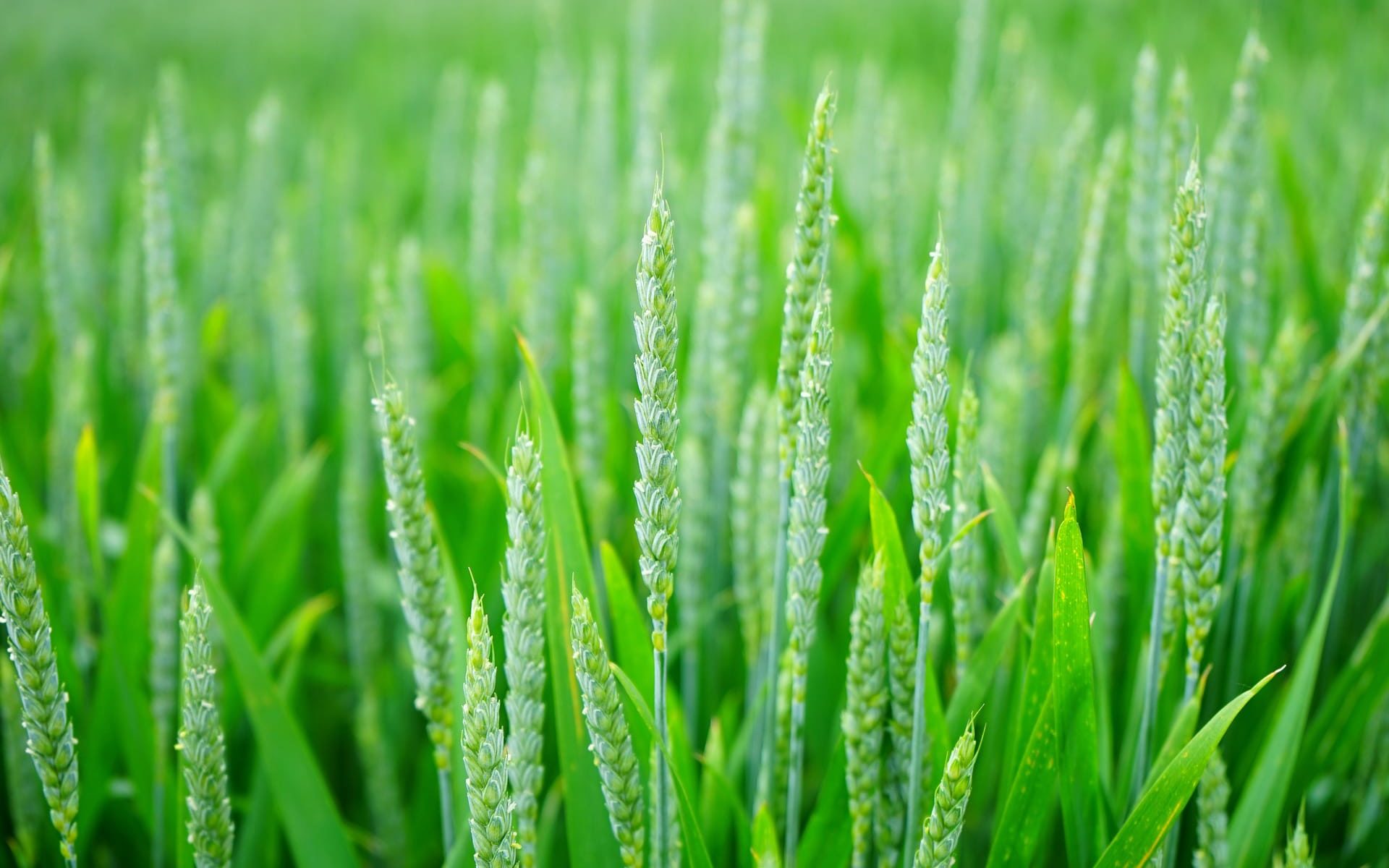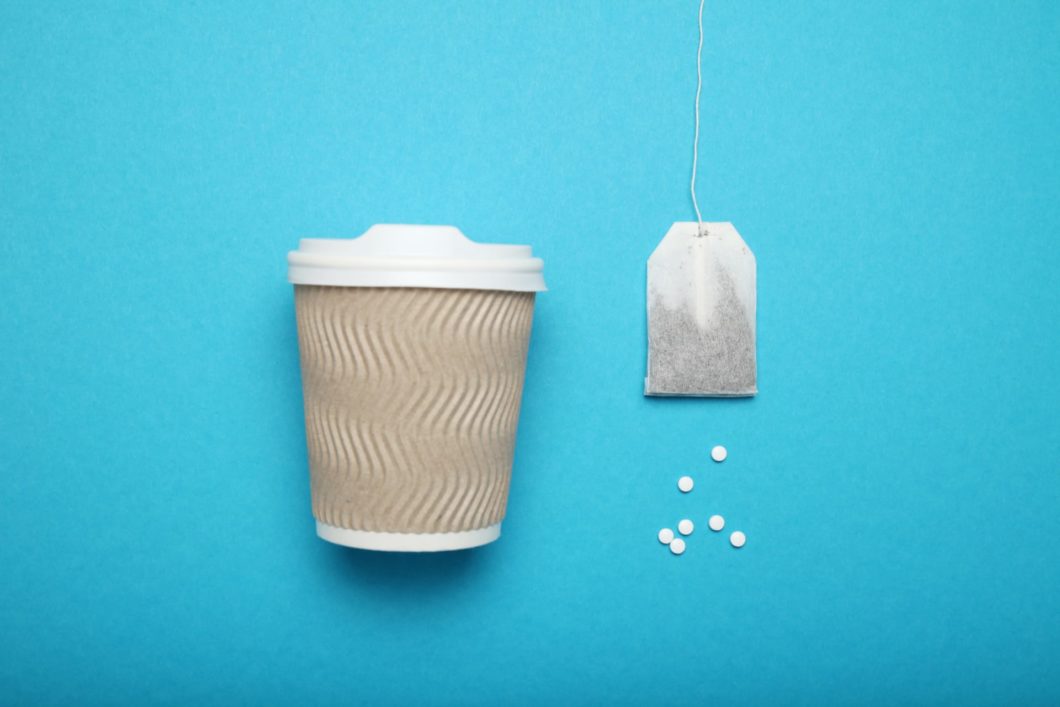Product development • ‘God looks after damn fools, children and chemists’, according to Dr Michael Sveda who discovered the sweetener cyclamate during a smoking break. The question is whether God watches over sweeteners as well. Cyclamates are allowed in the EU but completely banned in its homeland USA since 1970.
In our series ‘Guide to artificial sweeteners’, we have come to cyclamate, which is the second oldest artificial sweetener on the market after saccharin. In Sweden, it was for a period only allowed as a table sweetener, due to the risk of otherwise exceeding the acceptable daily intake. As an adaptation to the EU, it is currently used for a number of different products, but the Swedish Food Agency still flags the risk of excessive consumption.
What are cyclamates?
Cyclamate or cyclamates is the everyday name for the sweeteners cyclamic acid, calcium and cyclamate sodium which share the e-number E 952. Cyclamates are viewed as non-energizing sweeteners. They are about 30 times sweeter than sugar and are often combined with saccharin (E 954).
To get a good sugar-like taste, manufacturers usually mix 1 part saccharin with 10 parts cyclamates (1:10). Of all the artificial sweeteners, this is the mixture that best mimics sugar dissolved in water.
Acceptable daily intake
ADI stands for ‘acceptable daily intake’ and is a measure of how much we can consume a certain supplement every day without getting sick. The measure is developed after experimenting on animals, usually rats.
Cyclamates have an ADI of 7 mg per kilogram of body weight. In Sweden, the Swedish Food Agency expresses concern that diabetics may exceed the ADI on cyclamates. Due to this concern, cyclamates were for a time only approved as table sweeteners.

Excessive consumption
Even today, the Swedish Food Agency flags the risk of excessing set limits, but since 1999 Sweden have adapted to EU rules that are more generous to cyclamates. In the EU Cyclamates are used in ice cream, beverages, desserts, jams and sweets, among other things.
Cyclamates are often used in combination with saccharin, which has an ADI of 5 mg per kilogram of body weight. Thus, saccharin has a lower ADI than cyclamates. Yet the same concern is not expressed that consumers will get too much saccharin. This is because saccharin is 500 times sweeter than sugar, while cyclamates are ‘only’ 30 times sweeter than sugar. It simply takes more cyclamates than saccharin to achieve the same degree of sweetness in food.
Cyclamates are banned in the USA
In 1969, a study on rats was presented. The rats were allowed to drink a mixture of saccharin and cyclamates (1:10). The amount they drank is equivalent to 350 cans a day for humans. Eight of the 240 rats developed bladder cancer.
As a result, the FDA (Food and Drug Administration) immediately banned cyclamates in food but not in medicines. One year later, in 1970, after an inquiry in congress, cyclamates were also banned in medicine. It is a ban that still stands today despite several attempts to adress it.
Dr Michael Sveda rejected the entire investigation and said that it was the sugar industry’s lobbyists who were behind it all.
Later, the National Cancer Institute, among others, conducted a study on 17 monkeys who were allowed to drink the equivalent of 30 cans a day for 17 years without any of them becoming ill.
Cyclamates were discovered during a smoking break
Cyclamates were the second artificial sweetener invented, after saccharin. It started in 1939 when Dr Sveda was a doctoral student at the University of Illinois and took a smoking brake in the laboratory. He discovered that the cigarette tasted sweet and began examining bottles and cans in the laboratory until he found the source.
Long-awaited
When Dr Sveda started working for E.I DuPont de Nemours & Company (DuPont) the company got a patent on cyclamic acid, calcium cyclamate and sodium cyclamate under the umbrella term cyclamates. They wanted to use the sweetness of cyclamates to hide the bitter taste in antibiotics and in the sleeping pill pentobarbital.
Cyclamates were approved as a sweetener in the United States in 1951. There was great interest in the new sweetener (before cyclamates there had only been saccharin). Cyclamates were not as sweet as saccharin, and it was more expensive to make, but it did not have the metallic aftertaste of saccharin.
The world’s first sugar-free soda was sweetened with cyclamates
The brewer Hyman Hirsch was the ‘honorary vice president’ of the Jewish Sanitarium and Hospital for Chronic Diseases of Brooklyn, and he wanted to offer patients a sugar-free soda. After many tests on cyclamates as well as saccharin (both separately and in combination), he chose to use cyclamates as the product’s only sweetener. In 1953, patients were able to taste No-Cal for the first time. The beverage was available with the flavours ‘ginger’ and ‘black cherries’.

Movie stars in the ads

No-Cal quickly became popular and also began to be sold to the general public. It was marketed as a soda for people who wanted to lose weight. Hollywood stars like Kim Novak and Jan Sterling were used in advertising, and the success was total.
When cyclamates were banned in the United States in 1969/1970, sugar-free soft drinks had become a major industry. Now the manufacturers had to quickly replace cyclamates with something else. But the only thing available was saccharin. There were no other sweeteners.
Low-calorie
Saccharin also had a metallic aftertaste, which was hidden behind flavours such as grapefruit and lemon. You could also hide the metallic taste from saccharin by mixing it with regular sugar. Then they stopped calling the drinks ‘sugar-free’ or ‘calorie-free’. Instead, the new term ‘low calorie’ was introduced.
Benefits of Cyclamates
- It is a calorie-free sweetener.
- It is 30 times sweeter than sugar.
- It has no strong off-taste.
- It is stable and has a long shelf life.
- It can withstand heat (can be used in pasteurized products)
Disadvantages of cyclamates
- It is ‘only’ 30-80 times sweeter than sugar.
- According to organizations like the Swedish Food Agency, there is a risk that you may exceed the accepted daily intake.
- It is banned in some markets (e.g USA and South Korea) which makes it a stigmatizing ingredient.
Summary
Cyclamic acid, calcium cyclamate and sodium cyclamate share E-number 952 and are called cyclamates. It is an artificial sweetener that is 30 times sweeter than sugar. It was approved as a sweetener in the USA in 1951 but was completely banned in 1970. It is however an approved ingredient in the EU. Cyclamates are often combined with saccharin on markets that allow both of these sweeteners.
Try sweetened fibres
Our solution is called sweetened fibres. It can replace regular sugar as well as artificial sweeteners. With the help of stevia, sugar alcohols and dietary fibres, we can recreate the taste and texture of sugar without the disadvantages of sugar.
Sweetened fibres are available as powder, granule or syrup. It can be stored, transported and handled like regular sugar without any change in routines or processes.
Take a look at our range of services or contact us if you want to know more about how we can help you.
Please, share this article if you liked it.
[et_social_share]










